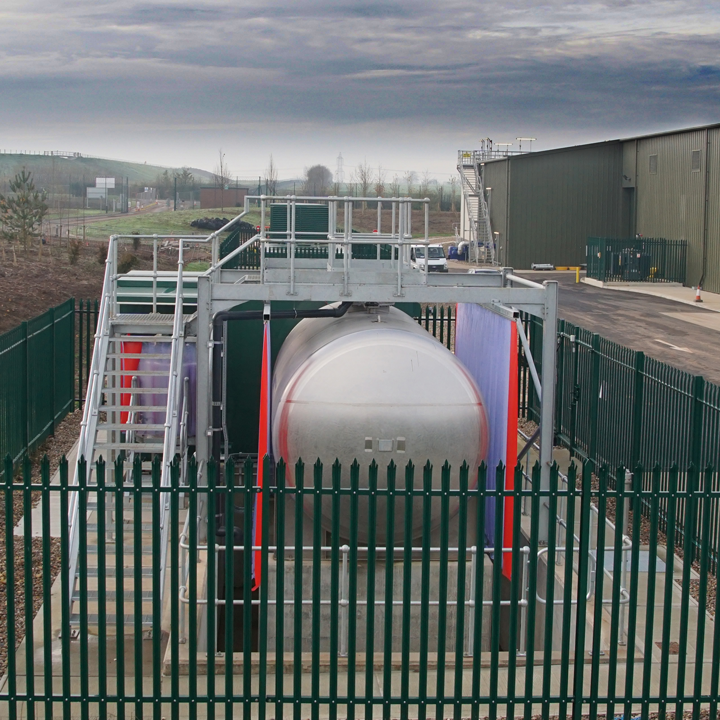Keep it All In: How to Bund with Confidence
Kevin Wheeler explains bunding’s vital role and offers a practical summary of issues to consider in bund specification for the water industry

FOR businesses involved in water and wastewater treatment, bunding is an essential element in preventing leakage of stored chemicals and protecting the environment.
It should be stressed that this article focuses on chemical storage bunds in the water industry. Guidance on bunding in the chemical manufacturing or petrochemical sectors, for instance, may be different in some key respects. If you Google “bund”, you may come up with advice relevant to those industries or even to confinement of large water bodies – so don’t be confused.
What are chemical bunds and why do we need them?
In simple terms, a chemical bund is a structure which surrounds and underlies an area containing hazardous chemicals or liquids, providing secondary containment in the event of a leak. It can be a permanent built structure or fabrication, or for smaller volumes, a portable item manufactured from lighter materials. Bunds prevent the spread of leaking liquids, giving operators time to find and remedy a leak’s cause.
They act as barriers around and under storage tanks, IBCs (intermediate bulk containers) and stored drums. In the case of free-standing storage tanks, permanent bunds can be designed into a plant’s layout with due consideration of their future inspection, cleaning and maintenance needs.
Chemical dosing plants supplied as packaged solutions often have an integrated bund which may also form the base structure and support a kiosk-type cover. Temporary bunds come in a variety of designs and sizes. These include IBC bunds which, when constructed for movement by forklift trucks, are often referred to as “pallet bunds”.
Pallet bunds conveniently protect against spillage from IBCs or drums during transport and continue to provide bunding wherever the containers are stored. Strictly speaking, IBCs are delivery containers and are not designated for use as permanent storage tanks. In practice, they do often serve a storage purpose in the short or medium term. Importantly, however briefly it is stored, an IBC containing chemicals should never be left un-bunded. Given that temporary IBC bunds are inexpensive and readily available, there is no excuse for taking such a risk.
A very sudden burst in a chemical container can be catastrophic in terms of localised damage and effects on the environment and personnel. In many cases the leakage is more gradual, and its impacts may take longer to appear. Either way, without a bund to contain it, the leaked chemical may reach a river, stream or other natural habitat and cause devastation.
Companies allowing such pollution are responsible for the resulting fish kill, environmental destruction and hazards to the human population. As well as being a PR disaster, this may lead to the expense of fines, enforcement undertakings, remedial works and other costs.
An internet search will soon show up recent prosecutions against companies found to be responsible for unforeseen chemical leaks, with penalties amounting to hundreds of thousands of pounds. Well-designed, properly installed and carefully maintained bunding can avoid all these consequences.
Recent Editions
Catch up on the latest news, views and jobs from The Chemical Engineer. Below are the four latest issues. View a wider selection of the archive from within the Magazine section of this site.




